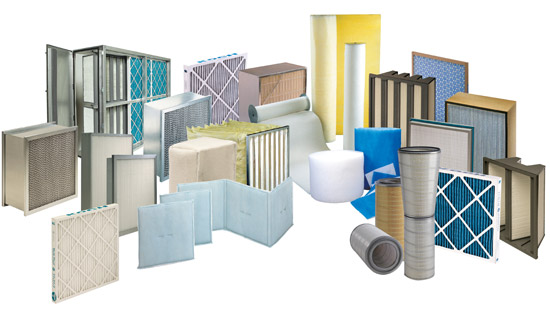Want to get more life out of your industrial filters? Dick Ballard, a District Sales Manager at Koch Filter Corporation, routinely counsels clients on selecting the right filters—and how to save money by extending the life of those filters. His team supplies HVAC filters, industrial cartridge filters, and paint booth filters to companies throughout the Midwest.
What is the “true cost” of an air filter?
To help customers better understand the “true cost” of their air filters, Ballard uses an Energy Savings Life Cycle calculator that tallies up the costs of:
- Replacement
- Labor
- Disposal
- Initial purchase
- Energy usage
This helps maintenance managers learn how to make filters last longer, and how to choose a filter upfront that minimizes lifecycle costs (such as energy, replacement) later.


To make filters last longer and reduce the “true cost” of ownership, Ballard offers these 3 suggestions.
1. Use a pre-filter.
High-efficiency filters often come with a built-in “pre-filter” that weeds out 30%-60% of the larger particles before they get to the filter. This reduces stress on the main filter, and extends the overall operating life.
2. Reduce the air resistance.
If the initial resistance of the filter is too high, you can literally “starve” your system for air, creating drag—and slowing down operations. By using a lower-resistance filter, you not only extend the filter life—but also significantly reduce energy usage.
3. Make sure all filters are inserted in the correct direction.
“You would be surprised by how many filters we see installed backwards when we visit a plant,” Ballard said. “When you have 2-3 layers of media involved, that can significantly impact air flow.”
All filters have arrows on the side indicating the correct direction of air flow. It’s worth a check to verify that they’re all installed correctly.
Facility saves $156,000/yr in energy costs—with better filter management
As an example, Ballard cites a chemical processing facility that recently saved $156,000/year by using these filtration tips. The company replaced their air filters to reduce air resistance to their gas turbines, and started using a better pre-filter.
Instead of spending more, they actually reduced their filter costs by 35%—and extended their overall filter life from 3 months to 6 months.
“Just by doing these few simple things, they realized a significant cost savings in only a year, which was a real win for everyone,” Ballard said.





